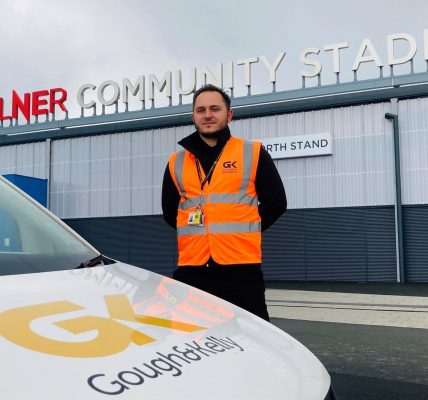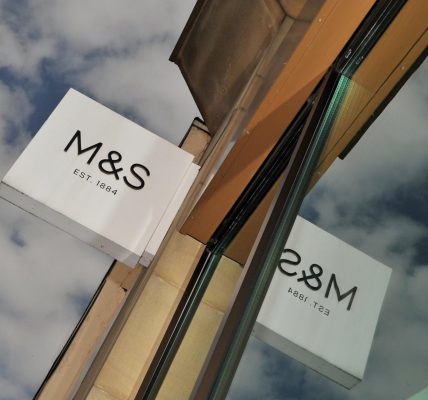Why employee-owned businesses can outperform rivals – Paul Taylor
I think most business owners would agree that an exit strategy or succession planning isn’t exactly front of mind when you enter the exciting heady world of setting up your own business. It certainly wasn’t for me or my colleagues when we established our urban regeneration and property management company Creative Space Management.
However, times change and as we reached our fifteenth business anniversary last year, it felt like the right time to start thinking about that possible next step. The shareholders ranged from early forties to early sixties, and although no one was quite ready to call it a day, we started to think about changes we could make to move the business forward in a way that worked not just for us but for everyone who puts so much in to CSM.
We started to explore the various options and quite quickly seemed to gravitate towards the Employee Ownership model, thinking this might be the right fit for us. As the name suggests, employee-owned businesses are totally or significantly owned by their employees, so no surprises there.
The model has proved increasingly popular in recent years, with more than 50 per cent of growth taking place since 2017. There is significant evidence that employee-owned businesses achieve higher levels of productivity and innovation and are more resilient to economic turbulence, and they also have a more engaged, more fulfilled and less stressed workforce.
In all honesty, to start with we weren’t even aware that this was a model that we could adopt as an SME. The companies that tend to spring to mind when discussing employee ownership are the likes of John Lewis Partners and Richer Sounds, both very different businesses to ours. It wasn’t until we spoke to another similar-sized company which had adopted this model that we realised it could be the right fit for us too.
Our employees, now stakeholders, are by far our most valuable asset. Our team has a very direct approach; we work within our client sites, a very hands-on way of working and something that our clients love. Bearing all this in mind, it made complete sense to put our most valuable asset at the heart of the company’s succession plans.
With the team based across the North of England, ‘coming together’ has always been trickier for us than most, and when Covid hit we had only just made the transition to employee ownership. There were lots of things we wanted to do to engage with the team in a physical sense which were no longer possible, so we had to adapt like so many other businesses.
Becoming stakeholders has naturally meant the team is more engaged and creative than ever; they care about driving the business forward and now have the power to influence and benefit from that direction of travel.
A lot of businesses and their employees are feeling distant from one another, whereas we’ve never felt so connected. And it’s not just those who have become stakeholders who have a new kind of fire in their belly. It’s re-engaged me personally.
Things don’t just change overnight; it takes a while to understand what it means and, for us, it’s taken time to get the information across the team in a succinct way that everyone understands. A big challenge for us will be articulating the model to new recruits, which we’ll be doing for the first time next month.
There’s no one size fits all when it comes to business, and this model won’t be right for everyone, but there is a reason why the employee-owned sector is growing, and it is certainly worth exploring.










